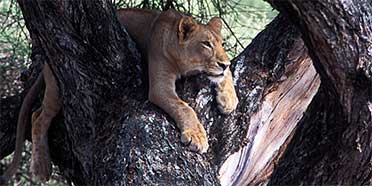
Safari Tours to Lake Manyara NP
-
![6-Day Majestic Tanzania - Luxury]()
6-Day Majestic Tanzania - Luxury
$3,120 to $4,300 pp (USD)
Tanzania: Private tourLuxuryLodge & Tented Camp
You Visit: Arusha (Start), Tarangire NP, Lake Manyara NP, Serengeti NP, Ngorongoro Crater, Arusha (End)

Unlimited Expeditions: The Soul of Tanzania
4.9/5 – 487 Reviews
-
![7-Day Luxury All-Inclusive Epic Safari]()
7-Day Luxury All-Inclusive Epic Safari
$3,620 to $3,895 pp (USD)
Tanzania: Private tourLuxuryLodge & Tented Camp
You Visit: Arusha (Start), Tarangire NP, Lake Manyara NP, Serengeti NP, Ngorongoro Crater, Arusha (End)

Lion King Adventures
5.0/5 – 1,191 Reviews
-
![3-Day Best Tarangire, Ngorongoro & Manyara Trip]()
3-Day Best Tarangire, Ngorongoro & Manyara Trip
$1,052 to $1,071 pp (USD)
Tanzania: Private tour
Mid-range LodgeYou Visit: Arusha (Start), Tarangire NP, Ngorongoro Crater, Lake Manyara NP, Arusha (End)

Serengeti Smile
5.0/5 – 466 Reviews

 Tanzania Parks
Tanzania Parks


















